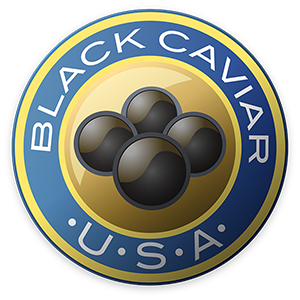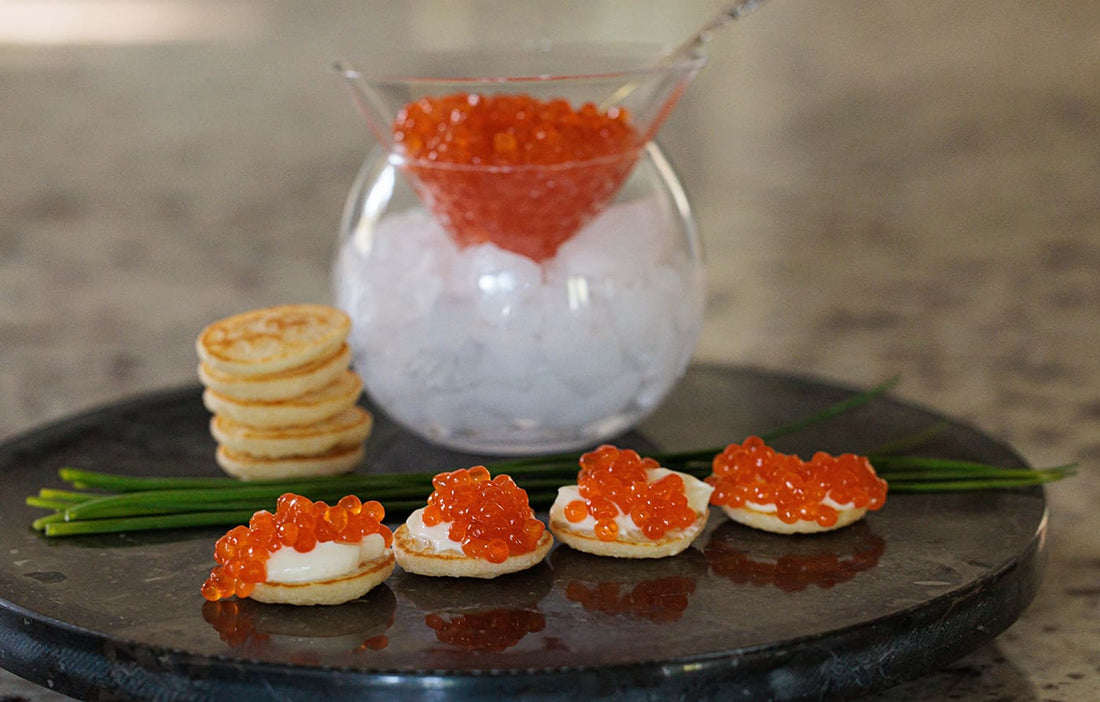Salmon roe, also known as salmon caviar or red caviar, is the eggs of the salmon fish that is lightly salted (Malossol). It is a popular and more affordable alternative to traditional sturgeon caviar. It is known for its orange-red color, medium to large size and its slightly sweet, delicate taste. It is high in omega-3 fatty acids, protein, and other essential nutrients.
Salmon roe is typically harvested from wild-caught Alaskan salmon and is considered a sustainable and eco-friendly alternative to traditional caviar. It is a popular ingredient in Japanese cuisine, where it is often served as a topping for sushi and sashimi. It can also be enjoyed on its own as a delicacy, or added to salads and pasta dishes for a burst of flavor and color.
There are several types of salmon roe, each with its own unique flavor, texture, and color. Some of the most popular types of salmon roe include Chum, Pink, Coho, Sockeye, and Chinook salmon roe. Chum salmon roe, also known as "Keta" roe, is known for its large size and firm texture. Pink salmon roe, also known as "Gorbusha" roe, is known for its small, delicate size and mild flavor. Coho salmon roe, also known as "Kisutch" roe, is known for its medium-sized eggs and slightly stronger flavor. Sockeye salmon roe, also known as "Nerka" roe, is known for its bright red color and firm texture. Chinook salmon roe, also known as "Tshawytscha" roe, is known for its large size and rich, buttery flavor.
The best source for wild salmon roe is Alaska. Alaska is the world's leading producer of salmon roe, and the quality of the roe is considered to be the best in the world. Salmon roe from Alaska is typically harvested in the summer and fall months.
Salmon roe is a versatile and delicious delicacy that can be enjoyed in a variety of ways. Whether you're a fan of sushi or simply looking for a new way to enjoy fish eggs, salmon roe is a great choice. With its mild flavor and nutritional benefits, it's no wonder why salmon roe is so popular among foodies and seafood enthusiasts alike.

